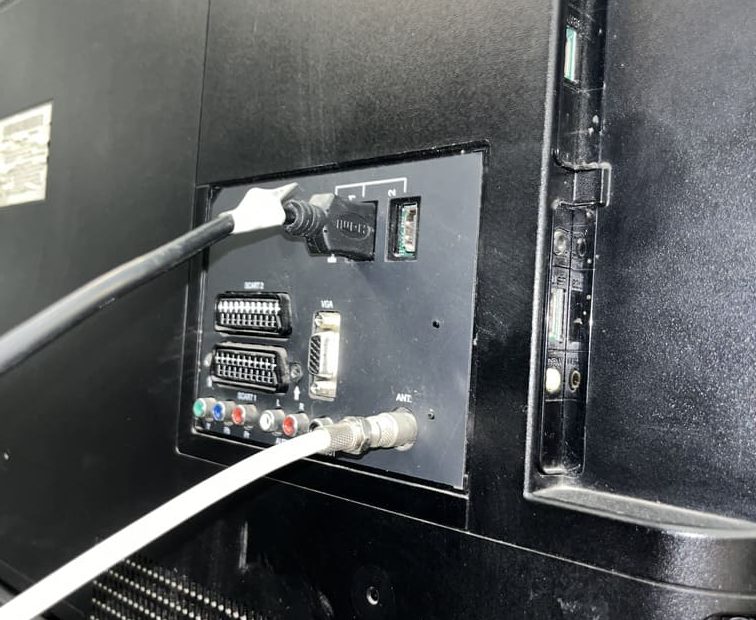Television is part of our daily lives. It has long been a source of entertainment. While technology today provides us with many other forms of entertainment, television is irreplaceable. Satellite TV allows us to watch a wide range of channels, from news to fashion shows. You can also enjoy your favourite film or series.
You can easily find out the latest news about various world events. There are different types of TVs available on the market today. They can vary in size or in the type and quality of the picture they display. For example, you can buy an LED, LCD, plasma or O-LED TV depending on your needs. Below we explain their main features and how they differ from each other.
Types of televisions
- CRT - CRT stands for Cathode Ray Tube, and such TVs are called CRT TVs. The use of CRT TVs dates back to the 20th century. In CRT technology, the image is formed on the screen by means of a projector and a screen.
The projector emits electrons that fall onto the screen. The excited electrons, when they hit the screen, glow and form the required image. Initially, CRTs were only available in black and white. Technological advances have brought colour CRTs to the market, but their use has declined over time due to the large size of the TV and the inferior picture quality. LCD and LED TVs are now more popular. We discuss the important features of these TVs below.
- LCD - LCD stands for Liquid Crystal Display. It is a more advanced form of CRT. LCD TVs are also lighter and thinner than CRTs. LCD TVs use liquid crystals to create images. There are different types of liquid crystals, but the displays use rotating nematic liquid crystals.
LCD operating principle - The installation of an LCD TV consists of a backlight that falls on a vertical polarizer. This causes the light to polarise vertically. When this light hits the LCD, it is rotated and falls again on the horizontal polariser, which allows horizontal rays to pass through. Finally, a colour filter controls the intensity and colour of each of the red, green and blue parts. This allows a pixel to be a certain colour.
LCD applications - Digital clocks Liquid crystal thermometers Laptop and stationary computer displays
- LED - TV technology is very similar to LCD. The only difference is their backlighting system. LED stands for light emitting diode and as the name suggests, it uses light emitting diodes. These LEDs can be positioned either behind the screen or around its edges. This makes LED TVs more energy efficient than LCD. With LED technology, it is possible to achieve a much thinner TV size.
- Plasma - A plasma TV uses a completely different technology to other TVs. It contains a plasma that is sandwiched between two layers of screen. The plasma is a charged gas trapped between those layers. When the TV is switched on, the plasma illuminates the pixels at the right intensity according to colour.
Plasma TVs are available in a range of sizes, from 37 to 100 inches diagonally.
Plasma TVs have the advantage of a wide viewing angle.
The downside is higher power consumption compared to LCD TVs of the same size.
- O-LED - refers to an organic light-emitting diode (LED) and uses a completely different technology than LEDs. It uses organic materials, such as carbon, to create the images on the screens.
These TVs don't need any backlighting to create images. Instead, direct electricity and the presence of carbon allow them to perform this task efficiently.
As a result, O-LED TVs are much thinner and colours are much richer than any other TV technology.
They are more expensive because of their various advantages and large size.
How do I tidy my TV at home?
If you have the knowledge and skills to repair TVs, then you can repair an existing fault at home yourself, but if you don't have the necessary knowledge, it's better not to do so. This can lead to even more serious faults or difficulties.
Today's TV technology is so advanced that it's difficult to know what exactly is broken, so it's always advisable to consult a professional TV technician.

